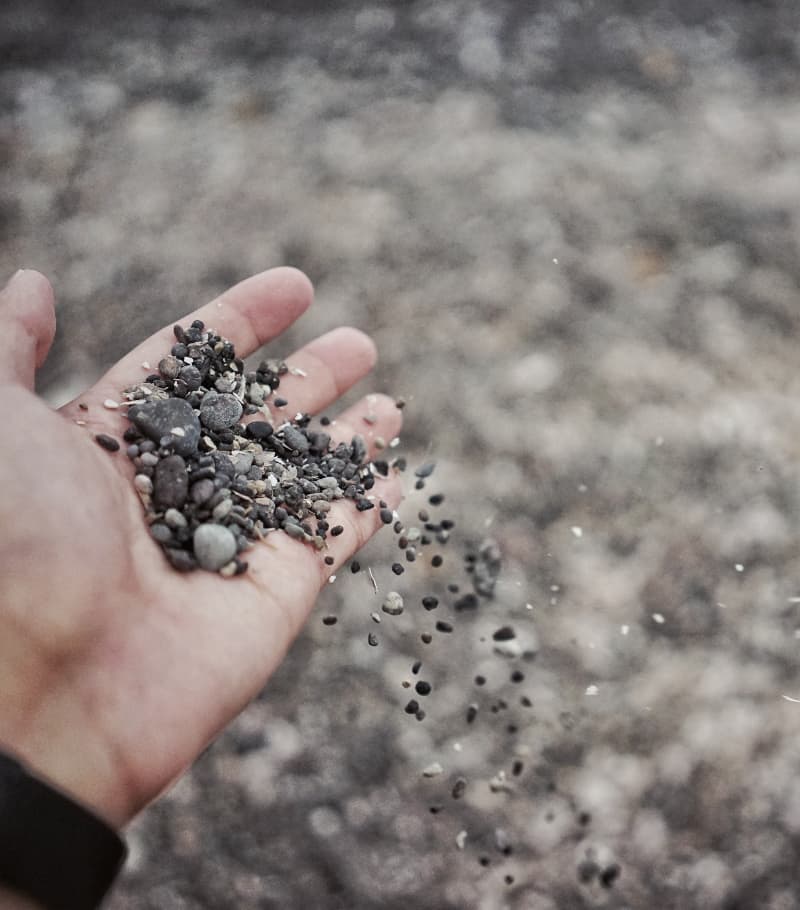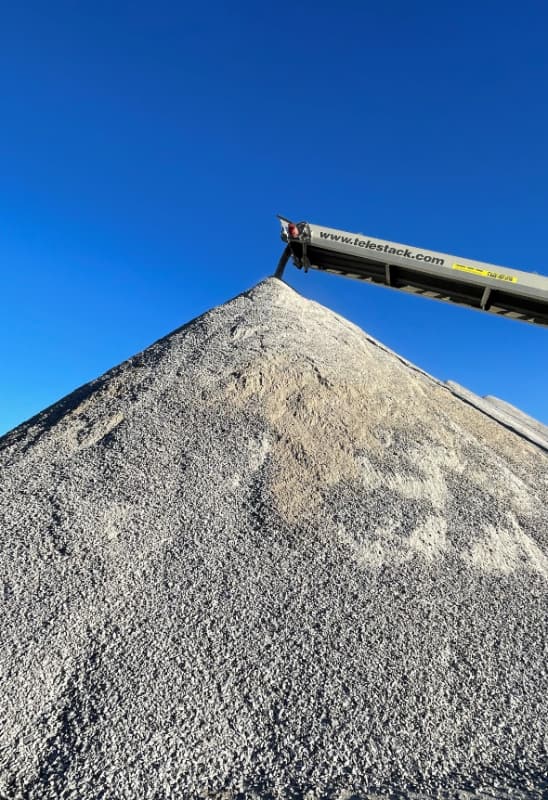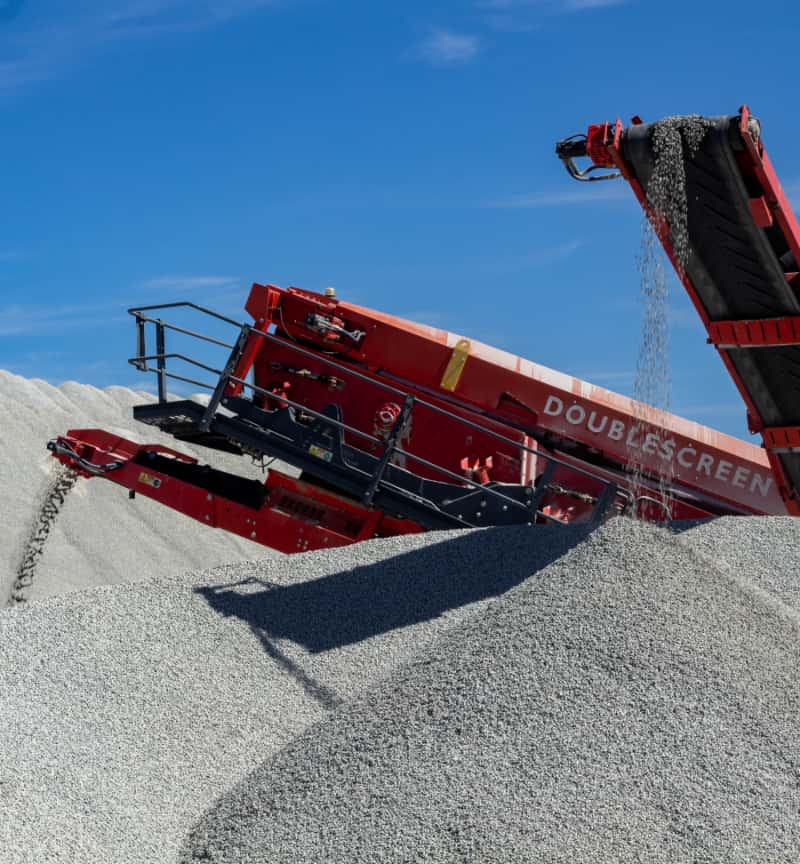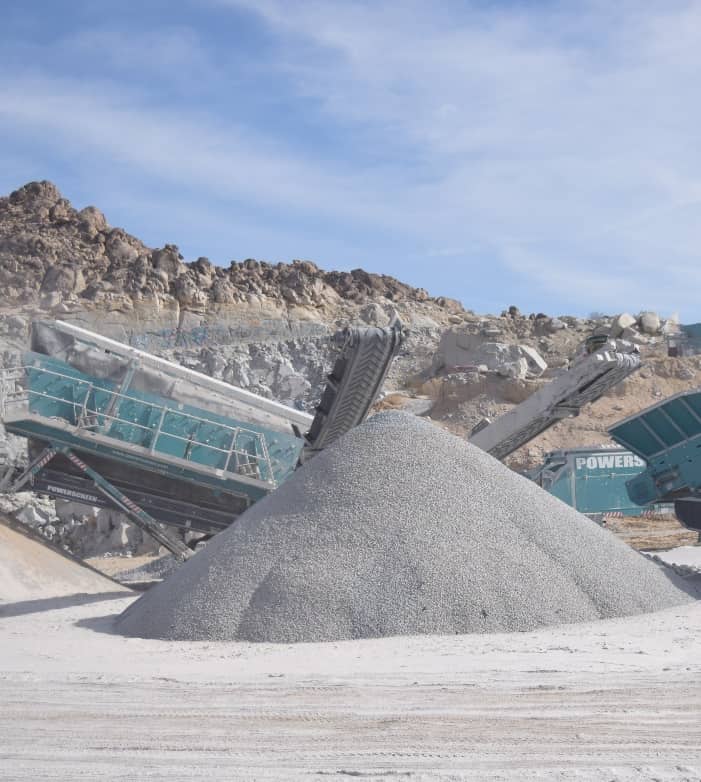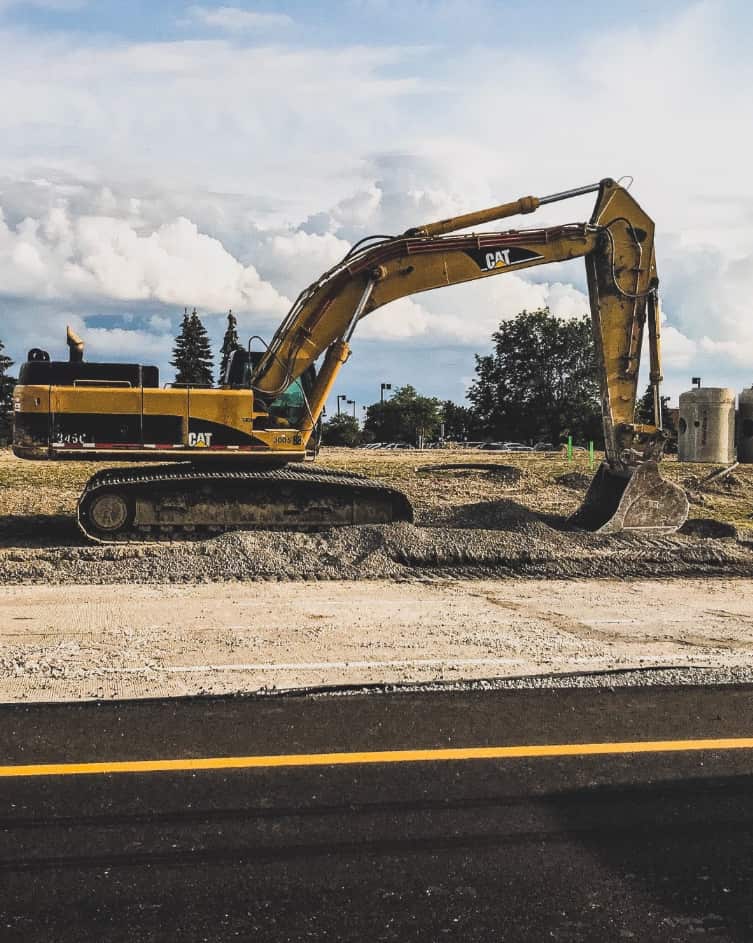
What Is Crushed Stone Aggregate Base?
Crushed stone aggregate base refers to the basic building blocks or raw materials used in road construction. As the name suggests, the aggregate base is a mixture of different quarried rocks. These materials can produce compound materials with the use of a binding medium like cement, water, or asphalt. There a plenty of uses for CAB—one of the most important is using CAB for road construction.
Types of Materials Used to Create Crushed Stone Aggregate Base
Production of crushed stone often incorporates the following materials:
- Igneous, sedimentary or metamorphic rocks. These rocks are extracted and crushed to obtain the right size and texture.
- Different types of sand are used to create crushed stone aggregate base with different applications.
- Gravel deposits may also be used to create crushed stone aggregate base.
- Crushed concrete. Concrete is often crushed and mixed with other aggregates to create a high-strength base.
Characteristics of a Good Crushed Stone Aggregate Base
- A good crushed stone aggregate base must have been screened to ensure the rocks are the best sizes for their applications. There are different sizes, including fine, coarse, and large coarse aggregates.
- Good water permeability. This is important to avoid flooding. Aggregates with good permeability ensure that water can seep through and drain properly in the event of heavy rainfall or flooding.
Functions of CAB for Road Construction
- Providing structural support. The primary function of crushed stone aggregate base is to provide support for the pavement. Aggregates improve the mechanical strength of road construction mixes, enabling roads to handle large amounts of traffic while remaining in good condition.
- Distributing loads. The uniformity of crushed stone aggregates also ensures that traffic loads are distributed evenly. This is why v
- Preventing erosion. Aggregates help increase the compactness of road construction mixes, and this acts as a barrier, preventing soils from being washed away.
- Improving drainage. Porous rocks are usually used to construct permeable roads, which helps reduce the risk of flooding.
- Enhancing safety. Crushed stone aggregates are used to create the bedding course of roads. By providing structural support and promoting the even distribution of loads, they ensure that vehicles and people can travel over roads safely and smoothly.
As if this wasn’t enough, here are a few more reasons to use CAB for road construction:
- Strength and Stability: CAB is known for its high strength and stability, making it a reliable material for road construction. When properly mixed and placed, it provides a strong and stable base for the road, which helps to prevent cracking, rutting, and other forms of damage.
- Cost-Effective: CAB is a cost-effective material for road construction because it requires less maintenance and repair than other materials. Because it is a strong and durable material, it can withstand heavy traffic and harsh weather conditions, reducing the need for frequent repairs and replacements.
- Environmentally Friendly: CAB is an environmentally friendly material because it can be made using recycled concrete, which reduces waste and conserves natural resources. It also requires less energy to produce than other materials, making it a more sustainable choice for road construction.
- Versatility: CAB can be used in a variety of road construction applications, including highways, city streets, and rural roads. It can also be used in combination with other materials, such as asphalt, to provide additional strength and durability to the road surface.
Where to get CAB in Southern California
Are you planning a road construction project and looking for a reliable and cost-effective material for your base? Look no further than Lynx Cat CAB! CAB is a mixture of different quarried rocks that, when properly mixed and placed, provides a strong and stable base for your road construction project.
It offers a range of benefits, including high strength and stability, cost-effectiveness, and environmental friendliness. With CAB, you can be confident that your road will withstand heavy traffic and harsh weather conditions while minimizing the need for frequent repairs and replacements.
So why wait? Contact our Southern California quarry today to learn more about the benefits of CAB and how it can help you achieve your road construction goals.

